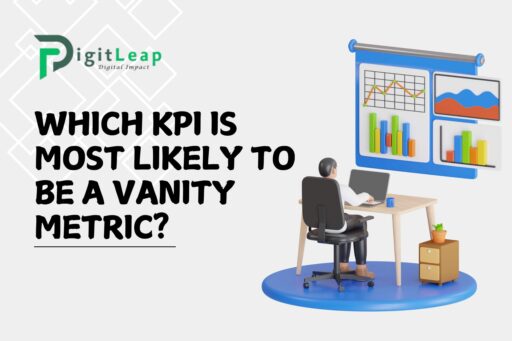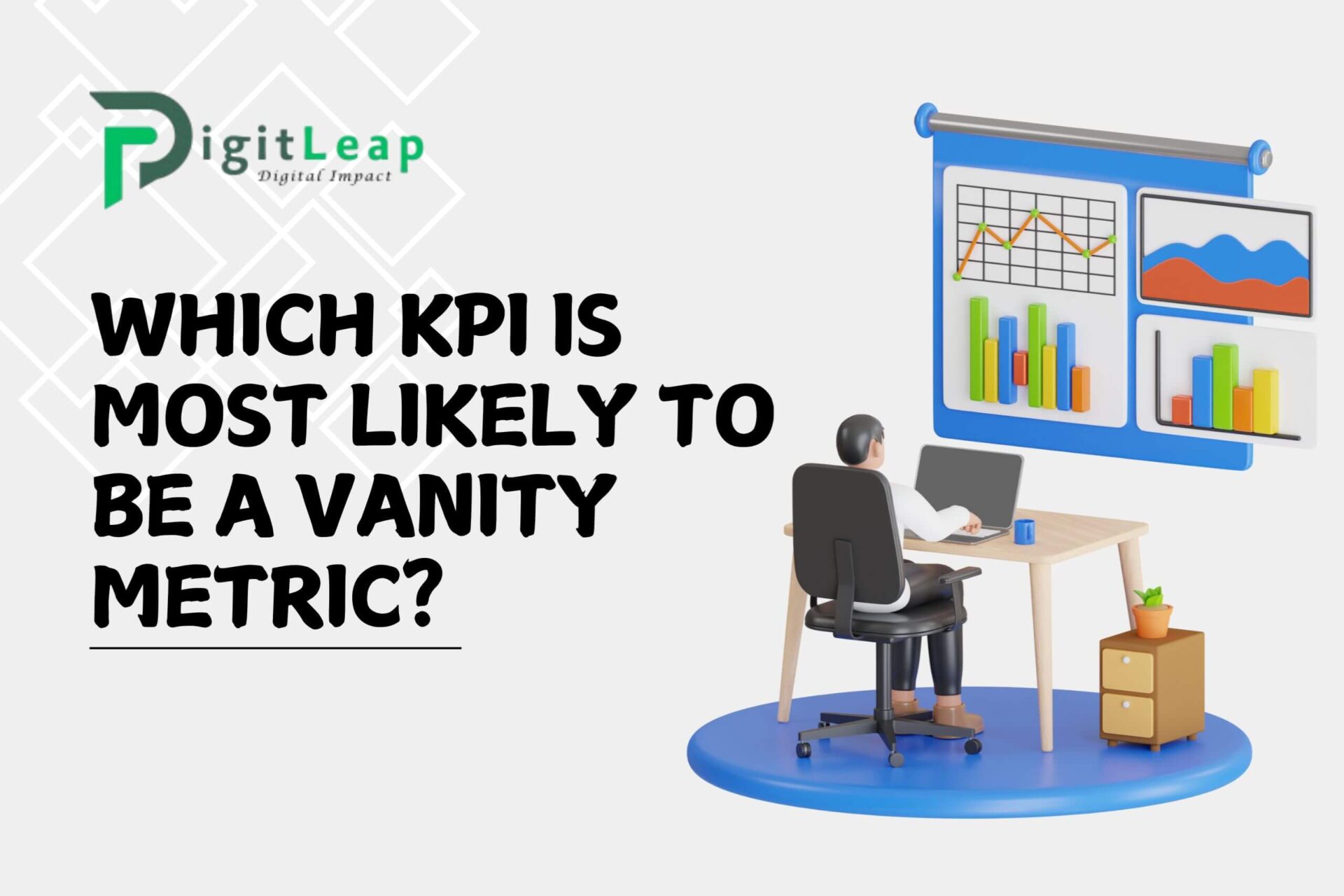When businesses focus on tracking performance, Key Performance Indicators (KPIs) play a huge role in measuring success. However, not all KPIs are equally valuable. Some, while they may look impressive on the surface, don’t provide meaningful insights or lead to actionable steps. These are often referred to as vanity metrics—numbers that can make you feel good but don’t actually show how well your business is performing or growing.
So, how can you identify a vanity metric? And which KPIs are most likely to fall into this category? Let’s dive in and explore which popular KPIs often disguise themselves as indicators of success when, in reality, they may not tell the whole story.
What Are Vanity Metrics?
Vanity metrics are numbers that might look good on a report but offer little in terms of real, actionable value. They tend to show surface-level achievements without revealing the deeper performance or effectiveness of your strategy. Vanity metrics can give you a false sense of progress and may distract you from focusing on the KPIs that actually matter for growth and success.
For example, a vanity metric could show that you’re gaining a lot of followers on social media, but if those followers aren’t engaging with your content or converting into customers, the metric doesn’t provide any real value.
Most Likely Vanity KPIs
- Social Media Followers One of the most common vanity metrics is the number of followers or likes on social media platforms. While having a large following can seem like a big win, it doesn’t necessarily translate into business success. It’s tempting to equate follower growth with brand growth, but if those followers aren’t engaging with your posts, sharing your content, or converting into customers, then the high numbers don’t mean much.For example, you could have 10,000 followers, but if only 50 people engage with your posts, the follower count alone doesn’t paint a useful picture of your marketing efforts. What matters more is how those followers interact with your brand—do they click on your links, comment on your content, or eventually become paying customers?
- Page Views Another vanity metric that many websites love to track is the number of page views. Seeing thousands of visits to your site can feel like a win, but what happens after those visitors arrive? Are they just browsing and leaving, or are they engaging, subscribing, and making purchases?High page views without a corresponding increase in conversion or engagement metrics can be misleading. It’s better to focus on metrics like bounce rate (the percentage of visitors who leave after viewing one page) or the average time spent on your site. These indicators can give you a clearer picture of how effective your website is at engaging visitors.
- App Downloads If you’re tracking the success of a mobile app, the number of downloads might seem like a crucial KPI. However, just because people are downloading your app doesn’t mean they’re using it regularly. Many apps are downloaded and then forgotten, making this metric potentially misleading.A better KPI to focus on would be the number of active users or user retention rates. These metrics show how many people are consistently using your app, which is a more accurate indicator of success than simply tracking downloads.
- Email Subscribers Similar to social media followers, the number of email subscribers you have can feel like an important measure of success. But are those subscribers actually opening and interacting with your emails? A large subscriber base doesn’t mean much if your open rates and click-through rates are low.Instead, focus on engagement metrics like open rates, click-through rates, and the number of conversions from email campaigns. These figures show whether your email content is effective and if your subscribers are interested in what you’re offering.
- Bounce Rate Bounce rate is often viewed as an essential metric for website performance. While it can provide insight into user behavior, it isn’t always as critical as it seems. A high bounce rate could simply mean users are finding the information they need quickly, which might not necessarily be a bad thing.In some cases, focusing too much on reducing bounce rate can distract you from more meaningful KPIs like conversion rate, average session duration, or pages per session. These metrics are more likely to reflect how well your website is actually engaging visitors.
Why Vanity Metrics Can Be Misleading
Vanity metrics are often misleading because they only show part of the picture. They don’t tell you anything about the quality or relevance of the engagement with your brand. A high number of followers or page views doesn’t necessarily translate into conversions, revenue, or long-term business growth.
Moreover, focusing too much on vanity metrics can lead to poor decision-making. You may be tempted to spend more time and resources on activities that boost those numbers rather than focusing on strategies that drive real growth.
Focus on Actionable Metrics Instead
So, if vanity metrics aren’t reliable indicators of success, what should you be focusing on? The answer is actionable metrics—KPIs that provide insights you can actually act on to improve your business performance. These include:
- Conversion Rate: The percentage of visitors who take a desired action, such as making a purchase or signing up for a newsletter.
- Customer Lifetime Value (CLV): The total amount of revenue a business can expect from a single customer over the course of their relationship.
- Return on Investment (ROI): The profit made relative to the cost of a marketing campaign or business investment.
- Engagement Rate: The percentage of people who interact with your content (likes, comments, shares), which gives a better sense of how relevant your message is.
- Sales Qualified Leads (SQLs): These are potential customers who are more likely to convert into paying clients, giving you a clearer idea of how effective your sales funnel is.
Conclusion
In the world of digital marketing, it’s easy to get caught up in numbers that look good on paper but don’t tell the whole story. Vanity metrics like social media followers, page views, and app downloads can be misleading if they don’t translate into meaningful engagement or conversions.
Instead of focusing on these surface-level KPIs, shift your attention to actionable metrics that offer real insights into your business’s growth. At DigitLeap, we believe in the power of meaningful data. By focusing on the right KPIs, you can make informed decisions that drive real results—helping your business grow in a sustainable, measurable way.






